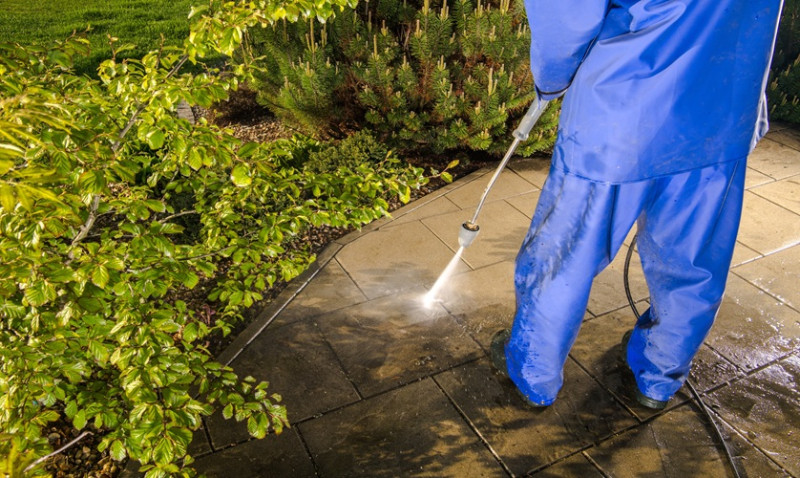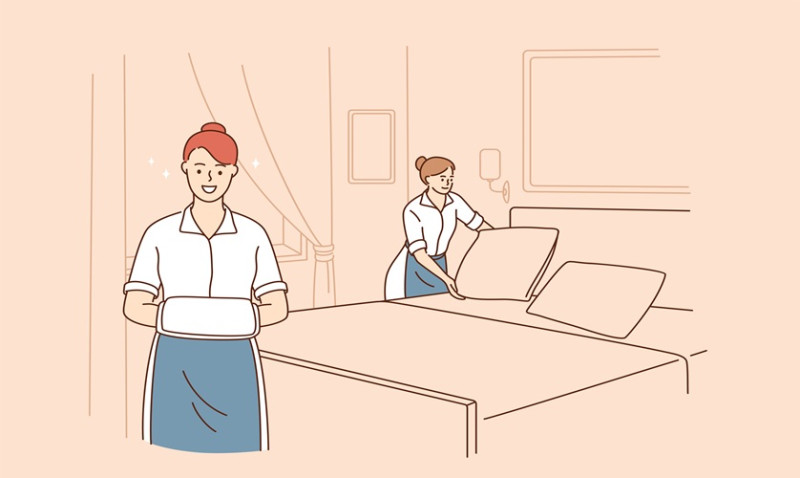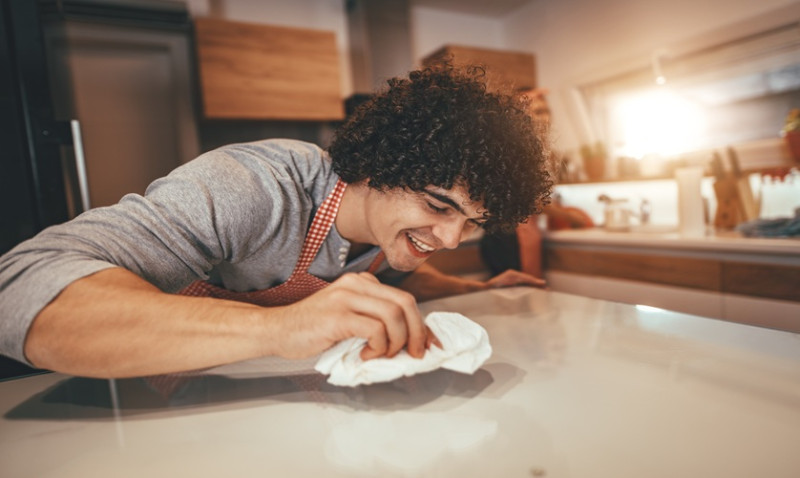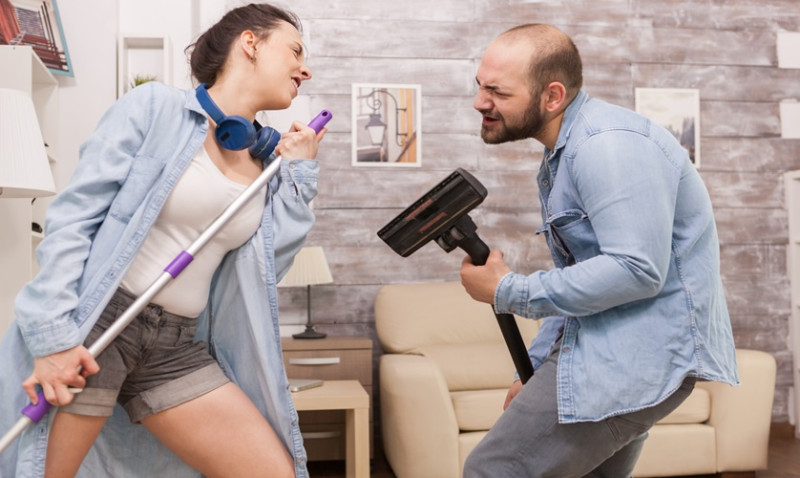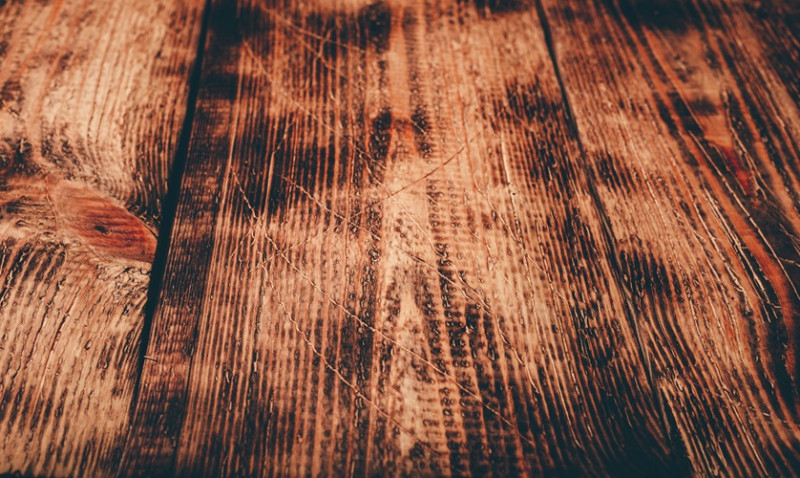
Hardwood floors are a timeless and elegant choice for modern and traditional homes alike. But as durable and beautiful as hardwood flooring is, it’s not immune to the occasional stubborn stain — be it from water, pets, spills, or general wear and tear. The good news? With the right techniques and a little patience, you can restore your wood floors and keep them looking pristine. This comprehensive guide will walk you through how to effectively remove stains from hardwood floors, whether you’re a DIY enthusiast, a young professional redecorating your flat, or a tradesperson looking for trusted solutions for your next project.
Understanding the Type of Stain
Before jumping into cleaning solutions, it's crucial to correctly identify the type of stain you're dealing with. Not all stains are created equal, and each may require a different method of removal. Hardwood floor stains generally fall into two categories: surface stains and deep-set stains.
Surface stains affect only the finish of your hardwood and are typically easier to clean. These might originate from spills like wine, coffee, or food and haven't penetrated the wood’s grain.
Deep-set stains, on the other hand, have worked their way past the finish into the wood itself. This can often happen with pet urine, water damage, or long-forgotten spills.
Identifying the nature and depth of the stain will help prevent unnecessary damage while ensuring your efforts are effective. You can normally tell a surface stain by its lighter colour and less defined edges, whereas deep stains often appear dark, blotchy, and deeply ingrained.
Tools and Materials You’ll Need
Before beginning your stain removal process, make sure to gather all the necessary tools and materials. Having everything ready beforehand will make your work more efficient and reduce the likelihood of causing unnecessary damage to your hardwood floors.
| Tool/Material | Purpose |
|---|---|
| Soft Cloth or Microfibre Cloth | General cleaning and application of solutions |
| White Vinegar | Safe cleaning agent for surface stains |
| Baking Soda | Mild abrasive for gentle scrubbing |
| Hydrogen Peroxide | Effective for removing dark, set-in stains |
| Fine Steel Wool or Sandpaper | Used sparingly for sanding down deep stains |
| Wood Floor Cleaner | For regular maintenance and after-treatment |
| Protective Gloves | Protection when using chemical-based cleaners |
Step-by-Step Guide to Removing Common Hardwood Floor Stains
1. Removing Water Stains
Water stains commonly occur when something wet is left on the floor too long — think plant pots, wet shoes, or spills. These typically appear as white, cloudy marks.
To remove them, try gently rubbing the area with a microfibre cloth dipped in a solution of equal parts white vinegar and water. If that doesn’t do the trick, you can also try using a dab of non-gel toothpaste applied with a soft cloth. Rub it in a circular motion and wipe clean with a damp cloth.
For more stubborn water stains that have darkened, hydrogen peroxide may be used. Soak a cloth in hydrogen peroxide and place it over the stain for a few hours. This should help draw out the moisture and lighten the discolouration.
2. Tackling Pet Urine Stains
Pet urine not only stains your hardwood floor, but it can also leave a persistent odour. Acting quickly is key — the longer it sits, the deeper it penetrates.
For fresh stains, blot the area with a dry cloth and then clean with a mixture of white vinegar and warm water (about a 1:3 ratio). This will help neutralise both the stain and smell.
For older, darker stains, soak a cloth in hydrogen peroxide and lay it over the area for a few hours to lighten the stain. Repeat as necessary, then rinse with water and dry thoroughly. Remember, hydrogen peroxide can bleach the wood slightly, so always test in a hidden spot first.
3. Getting Rid of Dark or Black Stains
Dark or black stains often indicate that the finish has worn away and moisture has penetrated the wood. These stains require more intensive efforts.
After cleaning the surface, try gently sanding the stained area with fine-grit sandpaper or 000 steel wool. Exercise caution to avoid removing too much finish or damaging the surrounding flooring. Once the discolouration is reduced, apply hydrogen peroxide with a cloth to lift any remaining stain.
Once the area is clean and dry, you may need to refinish the sanded spot with a wood floor finish or touch-up marker matched to your floor’s colour.
4. Removing Ink or Dye Stains
Ink and dye stains, caused by markers, pens or even groceries like beetroot juice, can be very noticeable on light-finished hardwoods.
Dab the area with a cloth soaked in rubbing alcohol. Make sure to work from the outside of the stain inward to avoid spreading it. Gently rub until the ink begins to lift. After treatment, rinse the area with a water-dampened cloth and dry completely.
If the stain persists, sanding may be necessary, followed by refinishing the area to match the surrounding floor.
Preventing Future Stains
While it's impossible to prevent every accident, a few simple habits can significantly reduce the risk of stains on your hardwood floor.
- Place mats at entrances and under pet dishes.
- Use coasters and rugs under furniture to absorb spills quickly.
- Maintain a no-shoes policy indoors to avoid water, dirt, and salt being tracked in.
- Clean up spills as soon as they occur to prevent absorption.
- Ensure your floors are well sealed and reseal them as needed.
Regular maintenance, including sweeping and appropriate cleaning with suitable wood-safe cleaners, will also preserve the beauty of your floors.
When to Call a Professional
If you've tried multiple stain removal techniques and nothing seems to work — especially with large, deeply set stains — it may be time to call in a flooring professional. Professional tradesmen use specialised tools and treatments that can effectively restore your flooring without risking further damage.
Additionally, if you're in the middle of a remodel or redecoration — common among young professionals, DIYers, interior designers and architects — a specialist can offer advice or perform refinishing work to bring the entire floor back to life seamlessly.
Final Thoughts
Removing stains from hardwood floors doesn’t need to be stressful. With some insight, the right tools, and a gentle touch, you'll often find that most marks can be handled with DIY methods. Whether you're sprucing up your rental, restoring wooden floors in a Victorian terrace, or modernising a home for a client, preserving your hardwood flooring is always a smart investment. Regular care and prompt action against stains will not only maintain your floor’s elegance but also add lasting value to your home or project.
Need more advice on flooring restoration or installation? Explore our other blogs where we break down professional tips, product reviews, and design inspirations tailored for homeowners across the UK.

